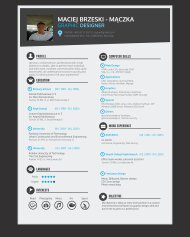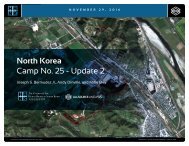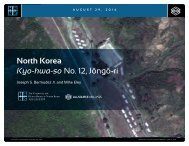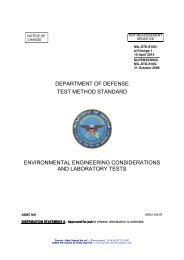ASA_HRNK_Camp25_Update2 (1)
Create successful ePaper yourself
Turn your PDF publications into a flip-book with our unique Google optimized e-Paper software.
H R<br />
N K<br />
CH’OMA-BONG CAMP RESTRICTED NO. 25 AREA<br />
North Korea: Imagery Analysis of Camp No. 25 - Update 2<br />
China<br />
South<br />
Korea<br />
Location:<br />
Susŏng-dong, Ch’ŏngjin-si,<br />
Hamgyŏng-bukto<br />
Coordinates:<br />
41.834384 N, 129.725280 E<br />
Date of Report:<br />
August 26, 2016<br />
Date of Imagery:<br />
High resolution: January 18,<br />
2003 to September 21, 2015<br />
Declassified KH-4B: May 28,<br />
1970<br />
Declassified KH-9 (mapping<br />
camera): January 27, 1976<br />
Size of Facility:<br />
1.01 square kilometers (.389<br />
square miles)<br />
1,810 meters by 1,240 meters<br />
Background<br />
The United Nations Commission of Inquiry<br />
on Human Rights in North Korea (UN COI)<br />
determined that “crimes against humanity<br />
have been committed in North Korea,<br />
pursuant to policies established at the<br />
highest level of the State.” Many of these<br />
crimes against humanity take place against<br />
persons detained in political and other prison<br />
camps—persons who the Commission<br />
determined are among the “primary targets<br />
of a systematic and widespread attack”<br />
by the North Korean regime—including:<br />
murder, enslavement, torture, imprisonment,<br />
rape, forced abortions and other<br />
sexual violence, persecution on political<br />
grounds, and the enforced disappearance<br />
of persons.<br />
According to the UN COI, “The unspeakable<br />
atrocities that are being committed<br />
against inmates of the kwan-li-so political<br />
prison camps resemble the horrors of<br />
camps that totalitarian States established<br />
during the twentieth century.” 1<br />
Based on research conducted by the<br />
Committee for Human Rights in North<br />
Korea (<strong>HRNK</strong>), five trends have defined<br />
1 UN Human Rights Council, Report of the commission<br />
of inquiry on human rights in the Democratic People’s<br />
Republic of Korea, A/HRC/25/63, 17 February 2013,<br />
para. 60, available at http://hrnk.org/uploads/<br />
pdfs/A_HRC_25_63.pdf<br />
the human rights situation under the Kim<br />
Jong-un regime: 1) an intensive crackdown<br />
on attempted defections; 2) an aggressive<br />
purge of senior officials, aimed to consolidate<br />
the leader’s grip on power; 3) a<br />
“restructuring” of the political prison camp<br />
system, with some facilities, closer to the<br />
border with China, being shut down, while<br />
inland facilities have been expanded; 4)<br />
disproportionate oppression of women,<br />
who have assumed primary responsibility<br />
for the survival of their families; thus,<br />
women represent the majority of those<br />
arrested for perceived wrongdoing at the<br />
“jangmadang” markets, or for “illegally”<br />
crossing the border; and 5) the sustained, if<br />
not increased, economic importance of the<br />
political prison camps.<br />
Executive Summary<br />
As part of a joint undertaking with <strong>HRNK</strong> to<br />
use satellite imagery to shed light on<br />
human suffering in the Democratic<br />
People’s Republic of Korea (DPRK, more<br />
commonly known as North Korea),<br />
AllSource Analysis has been monitoring<br />
activity at political prison facilities throughout<br />
North Korea. This report details activity<br />
observed during the past two years at<br />
the prison facility commonly identified as<br />
Camp No. 25, but also known as Kwanli-so<br />
No. 25, Political Prison Camp No. 25<br />
or the Susŏng-dong Kyo-hwa-so, and<br />
updates <strong>HRNK</strong>’s February 2013 and June<br />
2014 reports on the same subject. 2<br />
For this report, AllSource Analysis analyzed<br />
pan-sharpened multispectral satellite<br />
imagery of Camp No. 25 and its immediate<br />
environs collected by DigitalGlobe from<br />
January 18, 2003, through September 21,<br />
2015, and USGS declassified KH-4B from<br />
May 28, 1970, and KH-9 from January 1,<br />
1976. This analysis focused upon examination<br />
of the following physical features,<br />
<br />
Entrances and guard positions<br />
<br />
Housing and agricultural support<br />
facilities and activities<br />
<br />
Internal arrangement<br />
<br />
Miscellaneous activity<br />
<br />
Security perimeters (internal and<br />
external)<br />
Based on analysis of these features, Camp<br />
No. 25 is a small operational prison camp<br />
that is well maintained as is indicated by<br />
general activity and maintenance in and<br />
immediately surrounding the camp. This<br />
2 Bermudez Jr., Joseph S. and Farfour, Micah. North<br />
Korea’s Camp No. 25, (Washington, D.C.: Committee<br />
for Human Rights in North Korea, February 25,<br />
2013), available at http://hrnk.org/uploads/pdfs/<br />
<strong>HRNK</strong>_<strong>Camp25</strong>_201302_Updated_LQ.pdf; Bermudez<br />
Jr., Joseph S., Dinville, Andy and Eley, Mike. North<br />
Korea’s Camp No. 25 Update, (Washington, D.C.:<br />
Committee for Human Rights in North Korea, June<br />
5, 2014), available at http://www.hrnk.org/uploads/<br />
pdfs/Camp%2025%20Update%20Good.pdf.<br />
COPYRIGHT ©ALLSOURCE ANALYSIS, INC. 2016 2



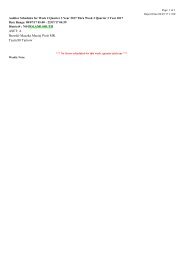
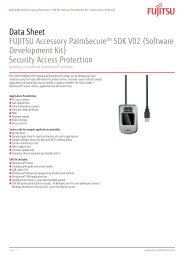
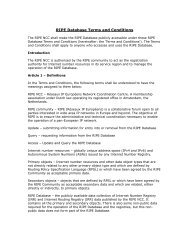

![CV-MBM[186]](https://img.yumpu.com/59137292/1/190x238/cv-mbm186.jpg?quality=85)
